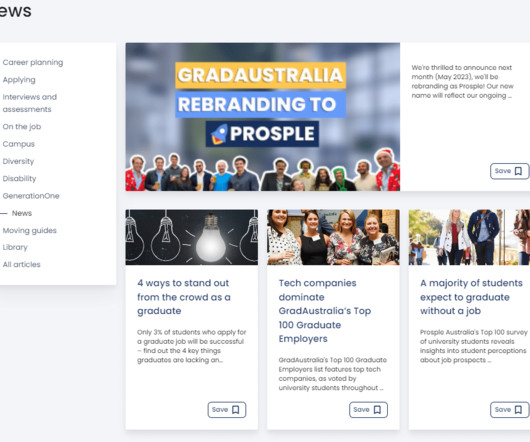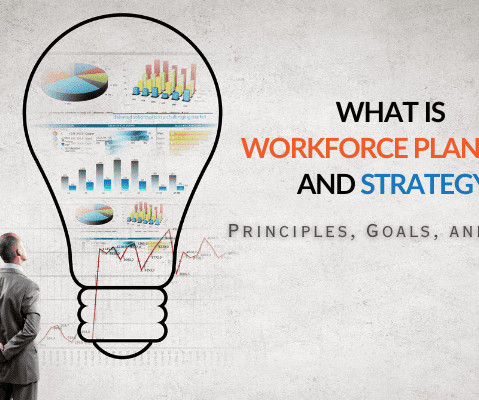Aligning Training Initiatives with Organisational Goals and Employee Career Development
EmployeeConnect
MARCH 26, 2024
Investing in employee training and development has become imperative for staying competitive and fostering growth. However, the effectiveness of training initiatives hinges greatly on their alignment with both organisational objectives and individual career aspirations. Training programs are no exception.


































Let's personalize your content